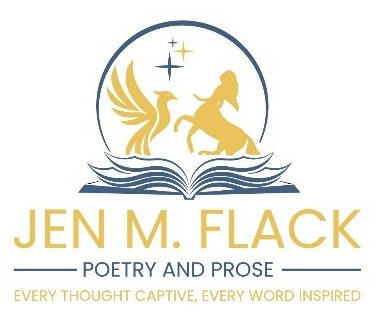Blog
The Hidden Power of Allegory in Children’s Stories

Allegory might sound like a term reserved for English classrooms, but it is one of the most powerful tools in literature—and children’s stories use it masterfully. Allegory is the art of saying one thing and meaning another, of telling a story that works on the surface while carrying deeper significance underneath. Fairytales thrive on this device, and it is one reason they remain so lasting and influential.
Consider The Guard of the Garden. On the surface, it is a story about Havilah, a maiden tasked with protecting a magical place. Yet beneath the surface, it is about something far larger: the danger of confusing protection with preservation, of guarding something so tightly that its very life fades. The sundial becomes more than glass and sunlight; it becomes a symbol of what beauty needs in order to flourish.
Children may not analyze the allegory, but they absorb it. They see that hiding something does not always keep it safe. They sense that choices, even well-meaning ones, can bring unexpected consequences. This is the subtle work of allegory—teaching without lecturing, shaping values without preaching.
Adults, meanwhile, engage with the same story differently. They recognize the patterns in their own lives. The allegory of the sundial might speak to how we parent, how we manage relationships, or how we build institutions that value security over vitality. The same story that entertains a child becomes a lens for grown readers to examine their choices.
The power of allegory is also that it lingers. A reader may not consciously connect the sundial to their daily life, but when they later face a decision about whether to take a risk or play it safe, the memory of the story influences them. Allegory has a way of embedding itself in the imagination, surfacing at moments of need.
This is why allegory in children’s stories is not accidental—it is essential. It is what elevates a story from something quickly forgotten to something that echoes years later. The Guard of the Garden shows how powerful this can be, delivering meaning in layers so the story can grow with its reader.
For writers, allegory is a craft that demands precision. For readers, it is a gift that keeps giving. Children’s stories that use allegory wisely are never just for children. They are works of art that shape thinking across a lifetime.
